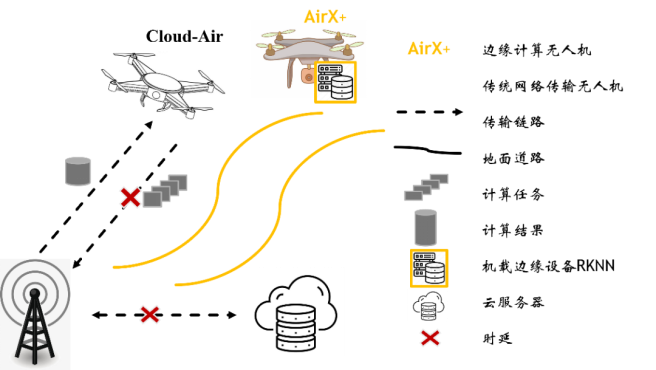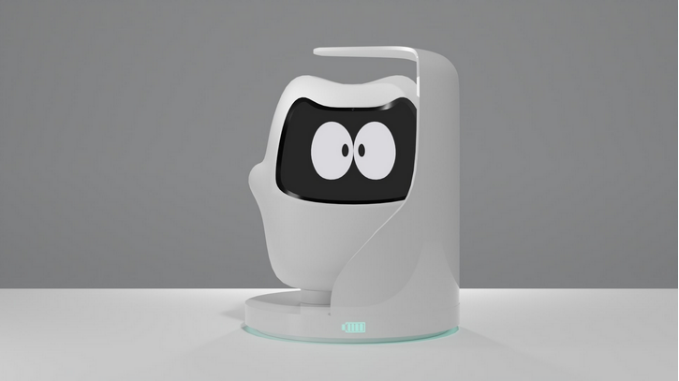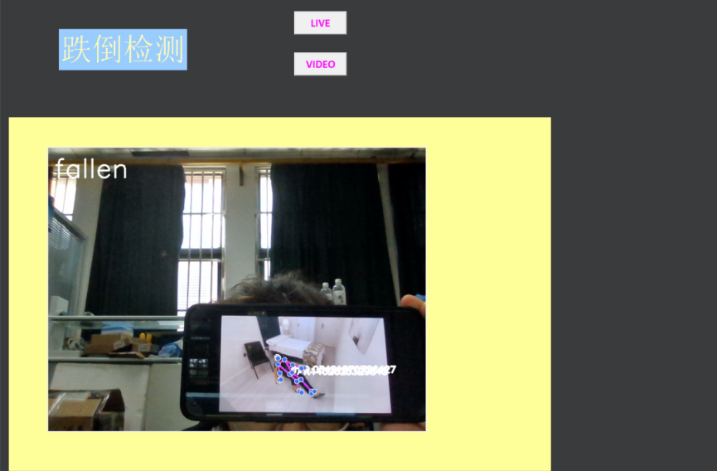Source: cugjdxy
On May 29, 2023, the Central South Division of the 16th Chinese Collegiate Computing Competition announced the evaluation results of the entries, and the works submitted by this School won 3 first prizes, 2 second prizes, and 2 third prizes.
Award-winning Projects
First Prize
Track: Digital Media Static Design - Product Design Professional Group
Work: Decoction, Slips
Adviser: Xu JIe
Team members: Liu Siying, Dong Danyan, Liao Keyan
Track: Artificial Intelligence Application - Artificial Intelligence Challenge: Edge Intelligence Application Special Challenge (the only one in the Division)
Work: SkyEye: A Target Detection and Tracking System for UAV Perspective with Support for Voice Interaction
Adviser: Wang Yong, Cheng Zhuo
Team members: Zhangyu, He Yongxin, Zhang Shan, Xu Zihao
Track: Artificial Intelligence Application - Artificial Intelligence Challenge: Medical Robot Dog Special Challenge (the only one in the Division)
Work: Jue Ying Lite2-based Medical Robot Dog Challenge Program (jointly selected by this School and the School of Automation)
Adviser: Cheng Zhuo, Zhao Juan
Team members: Tai Jingkang, Ji Jiajun, Zhang Feng, Gao Baokang, Shi Yike
The above three works were directly recommended by the organizing committee of the Central South Regional Competition to enter the national finals.
Second Prize
Track: Micro Courses and Teaching Aids - Mathematics or Natural Science Courses in Primary and Secondary Schools
Work: Journey of Scientific Exploration - Understanding the Shape of the Earth
Adviser: Xu Jie
Team members: Lin Ruifei, Yang Yaoxian, Zou Qifeng
Track: International Students Learn Chinese and Write Chinese Characters - Digital Media (International Students)
Work: FRIEND
Adviser: Xu Jie
Team members: International students YESSY LIANA PUTRI and MD MUHAYMEN UL ISLAM
Third Prize
Track: IoT Application - IoT Special Competition: RT Thread IoT Operating System Special Competition
Work: Anxin Baby Care - A Safety Monitoring System for Young Children Based on RT-Thread and Fall Detection
Adviser: Cheng Zhuo
Team members: Li Jintian, He Ting
Track: Artificial Intelligence Application - Artificial Intelligence Challenge: Medical Robot Dog Special Challenge
Work: Jue Ying Lite2-based Medical Robot Dog Challenge Program (jointly selected by this School and the School of Automation)
Adviser: Cheng Zhuo, Zhao Juan
Team members: Zuo Guiyin, Liu Hongliang, Wang Haopeng, Yang Heng, Guo Hao
Chinese Collegiate Computing Competition
Chinese Collegiate Computing Competition (4C for short) is one of the top ranking events in the list of competitions for college students in colleges and universities nationwide, and it is included in the “2022 National College Student Competition Analysis Report” released by the Expert Working Group on College Competition Evaluation and Management System of China Association of Higher Education. After the report was published, the expert working group of the “Research Report” selected 26 competition items to be included in the data collection coverage of the research report on computing competitions, and 4C ranked the third, in the top of the list of computing competitions, which has been widely recognized by the colleges and universities nationwide. The 2023 (16th) Chinese Collegiate Computing Competition is sponsored by Beijing Language and Culture University, Renmin University of China, East China Normal University, Southeast University, Xiamen University, Shandong University, Northeastern University, as well as the Organizing Committee of Chinese Collegiate Computing Competition composed of the teachers from Tsinghua University, Peking University and other universities. It is open to all undergraduate students (including Hong Kong, Macao and Taiwan students and international students) enrolled in universities in China in 2023.
The competition is divided into 11 categories, namely: (1) software application and development; (2) micro-course and teaching aid; (3) Internet of things application; (4) big data application; (5) artificial intelligence application; (6) information visualization design; (7) digital media static design; (8) digital media animation and short film; (9) digital media game and interactive design; (10) computer music composition; (11) international students "learn Chinese and write Chinese characters".
Introduction to the Award-Winning Works
Inspired by the shape of bamboo slips, the work “Decoction, Slips” is designed to improve on the problem of inconvenient heating of traditional Chinese medicine bags on the market, providing users with quick and convenient functional requirement of self-heating traditional Chinese medicine bags. At the same time, the temperature-sensitive color-changing herbal pattern is designed on the fixed belt, contributing to the promotion of Chinese herbal medicine culture.
The work “SkyEye: Target Detection and Tracking System for UAV Perspective with Voice Interaction Support” integrates embedded neural network processor NPU with modern UAV technology, and designs an “edge computing UAV+” ecosystem based on the analysis of application scenarios such as smart transportation, smart construction sites and smart military, with the goal of providing powerful monitoring and tracking solutions for multiple industries. It effectively improves the real-time, security and flexibility of UAV data network transmission.
The work “Jue Ying Lite2-based Medical Robot Dog Challenge Program” work is designed from medical care, a quadruped robot dog bionic mobile robot with strong terrain adaptability and suitable for multi-scene coverage inspection. In the competition, the robot dog can complete the functions of searching for drugs, emergency rescue and so on according to the instructions given by the patient in the typical scene of the simulated hospital, and monitor the patient in real time. In case of emergencies such as falling, it will call the medical staff through the alarm.

Figure 1 Edge Computing UAV System Architecture
The work “Journey of Scientific Exploration - Understanding the Shape of the Earth” is taken from the content of science teaching for Grades 3-6 - understanding the shape of the Earth and its exploration history, using a combination of physical classroom and virtual “Journey of Scientific Exploration” game to explain the content in a novel way. Taking the resolution of ancient debates about the shape of the Earth as the main theme and in combination with gamified time and space travel, it leads children to immerse themselves in the entire process of human exploration of the shape of the Earth. It enables children to learn scientific and cultural knowledge, while developing scientific literacy and critical thinking.
As to the work “FRIEND”, Considering that foreign students may face problems in learning Chinese due to inconvenient environment and internal timidity that may affect their oral learning, FRIEND, a companion practice robot to help foreigners learn Chinese, is designed. The robot is designed from an emotional perspective, with an approachable shape that brings it closer to the user; at the same time, its voice accompaniment function provides real-time feedback based on the user’s learning progress and needs, such as encouraging words and relaxing music that inspires like a Chinese friend.

Figure 2 FRIEND product effect
The work “Jue Ying Lite2-based Medical Robot Dog Challenge Program” is developed based on RT-Thread operating system, capable of monitoring 6 types of environmental data as well as fall status and making emergency measures when environmental indicators are out of normal range. At the same time, the work provides corresponding Web and Android terminal to realize data visualization management and information mobile query, using the Internet of Things and intelligent sensing technology to effectively solve the painful problem of environmental hazards and fall monitoring for young children’s activities.

Figure 3 Functional testing of fall detection IoT devices